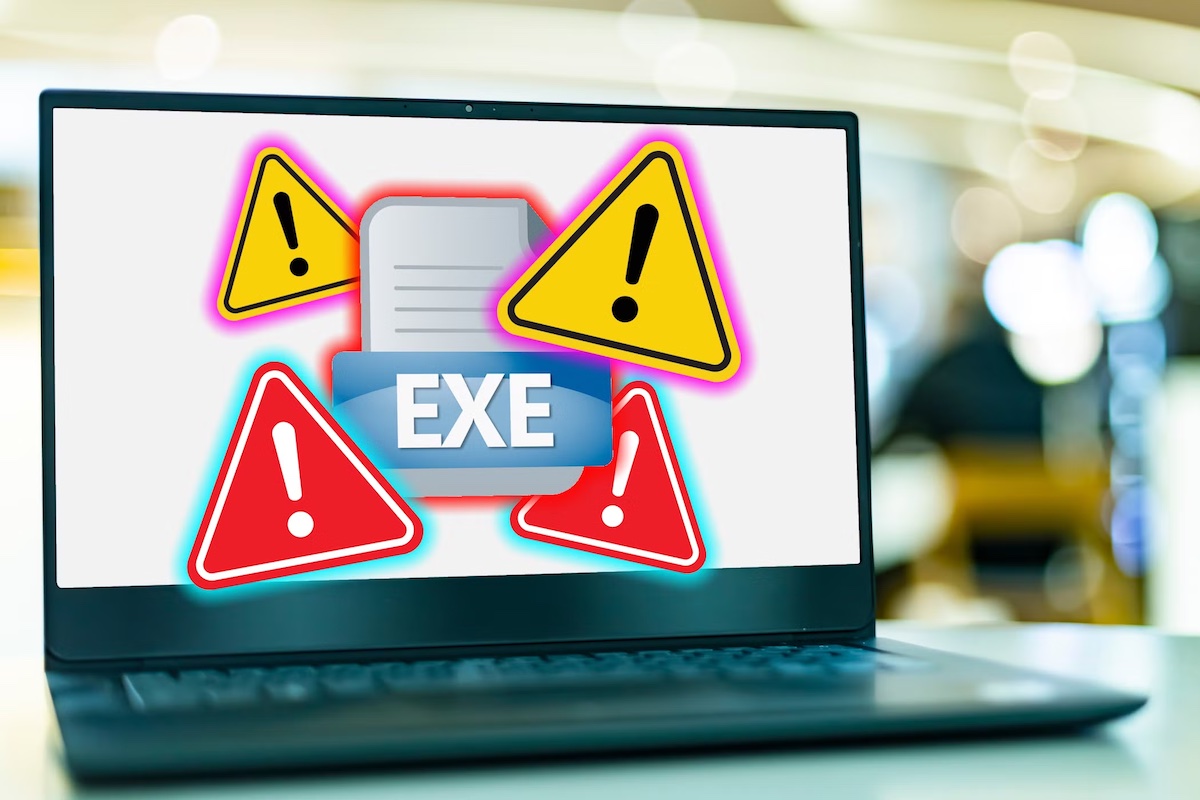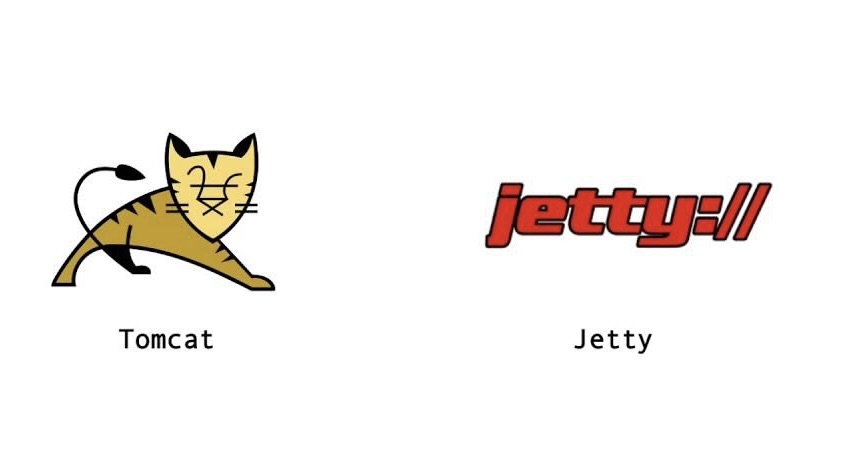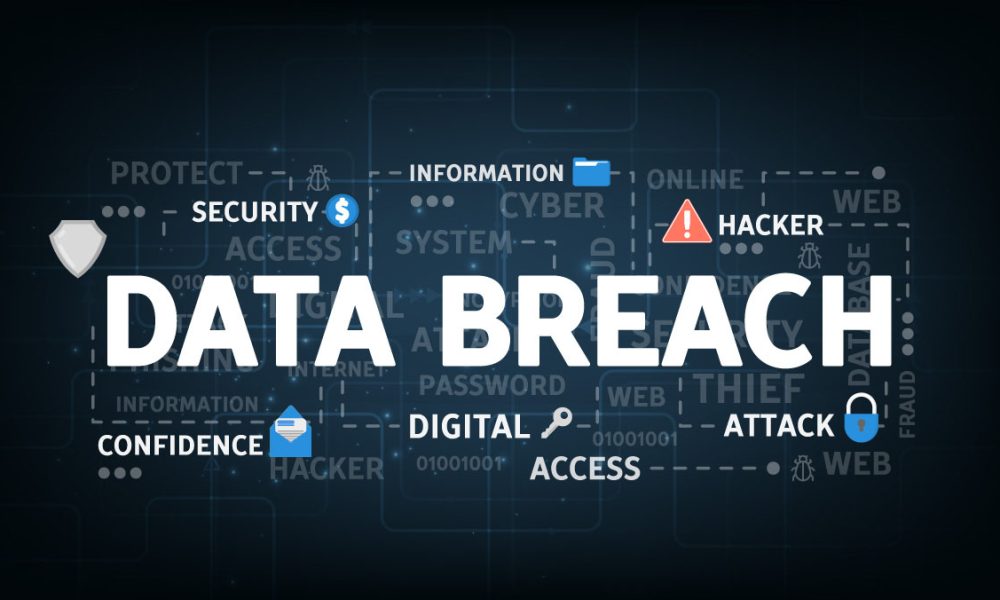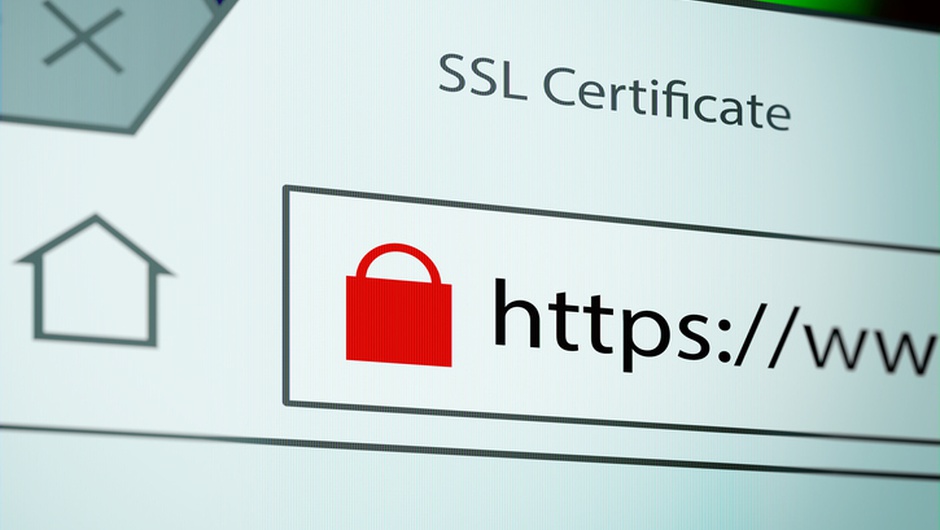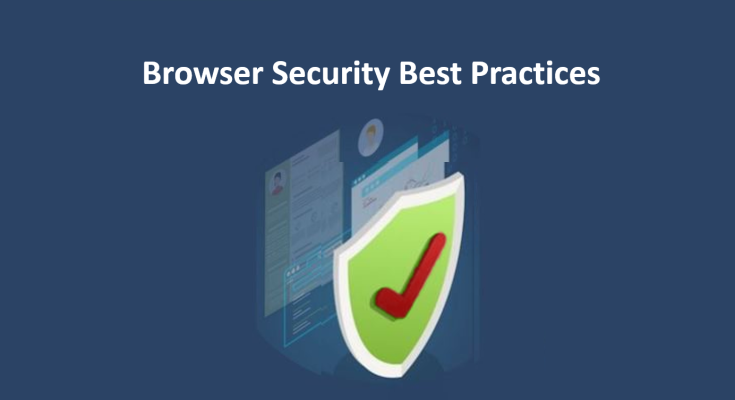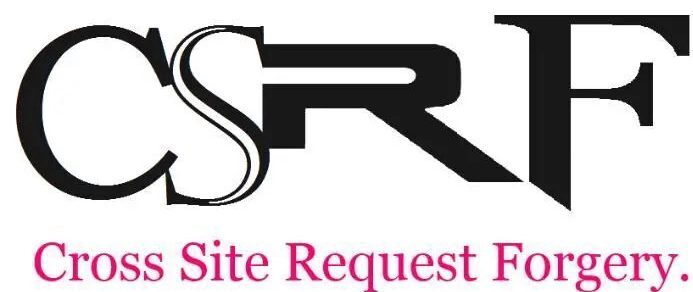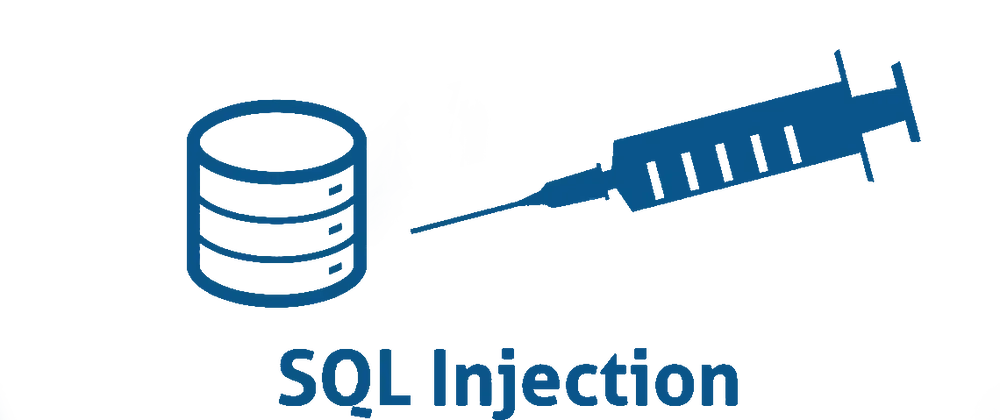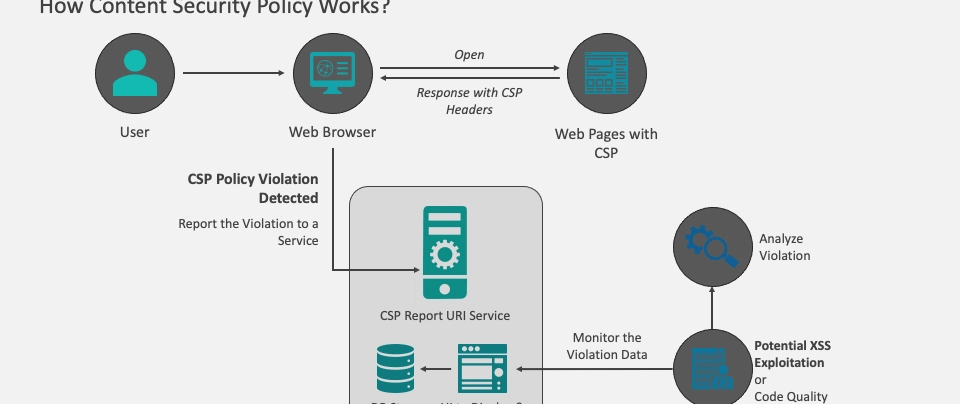
In our interconnected digital world, downloading files and opening email attachments have become everyday activities. However, these simple actions can expose us to significant risks if proper precautions aren’t taken. Cybercriminals often use files and attachments as vehicles to deliver malware, ransomware, and viruses that can compromise our personal information, damage our devices, or even lead to identity theft. This article explores why pre-download virus scanning is crucial for maintaining online security and how you can implement this practice effectively.

